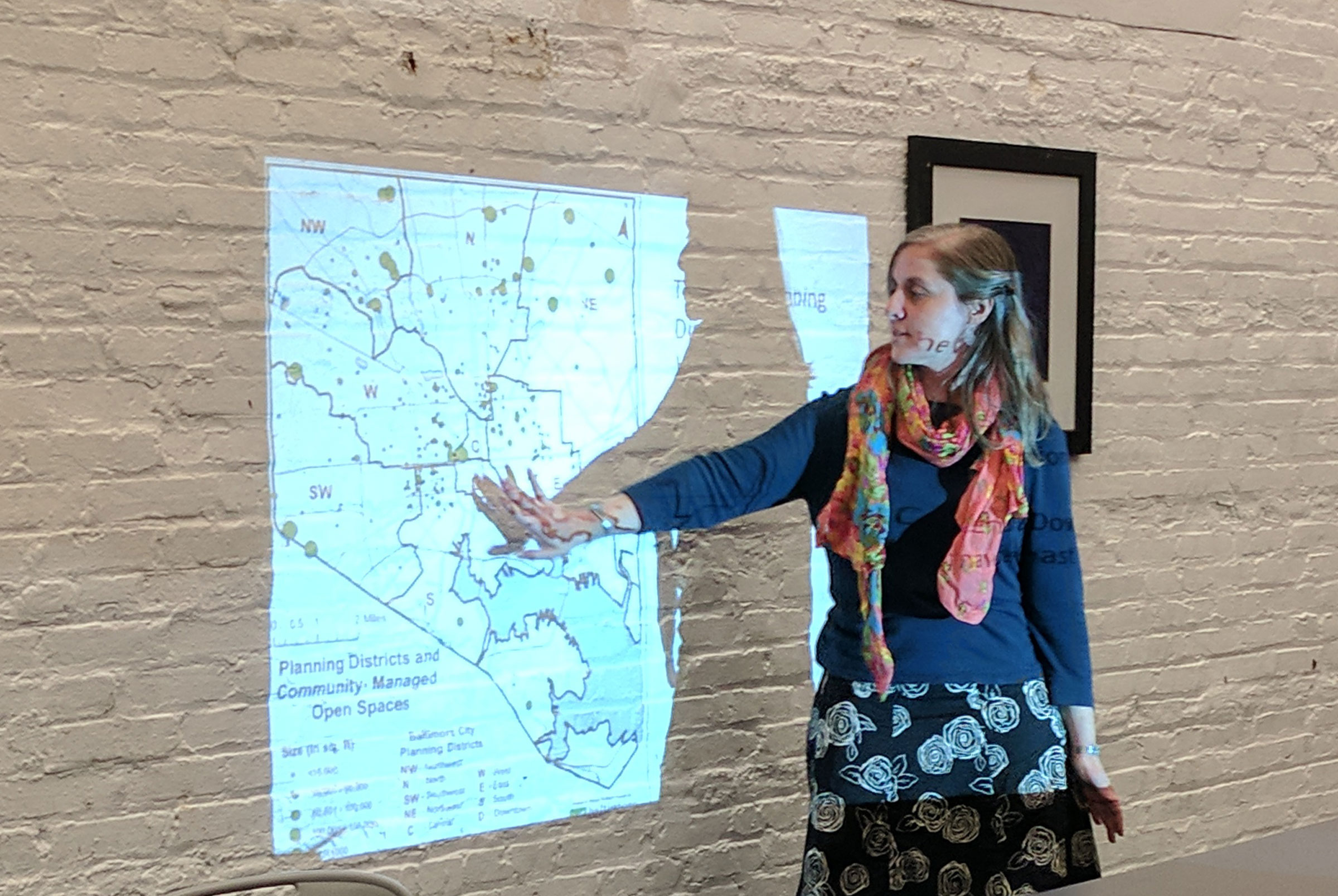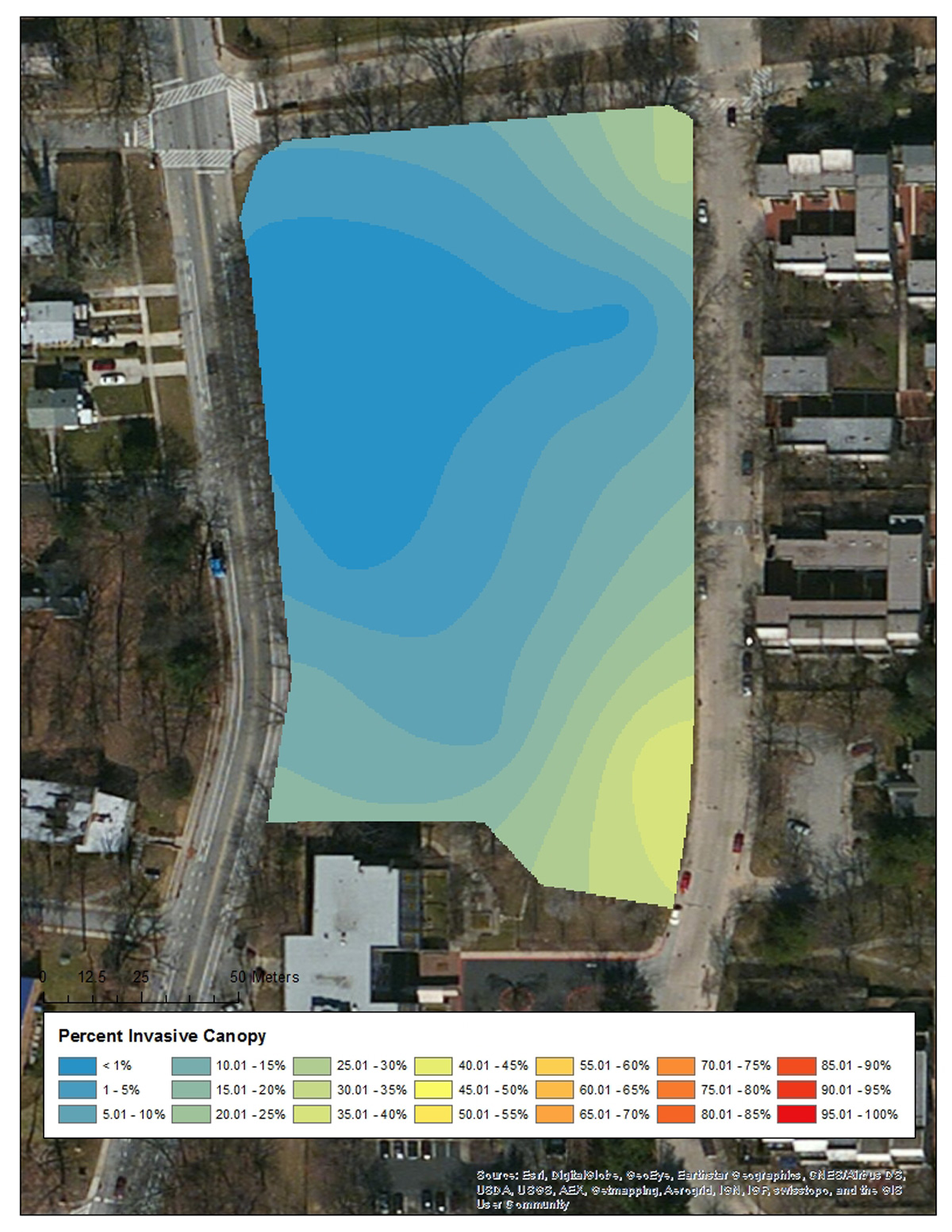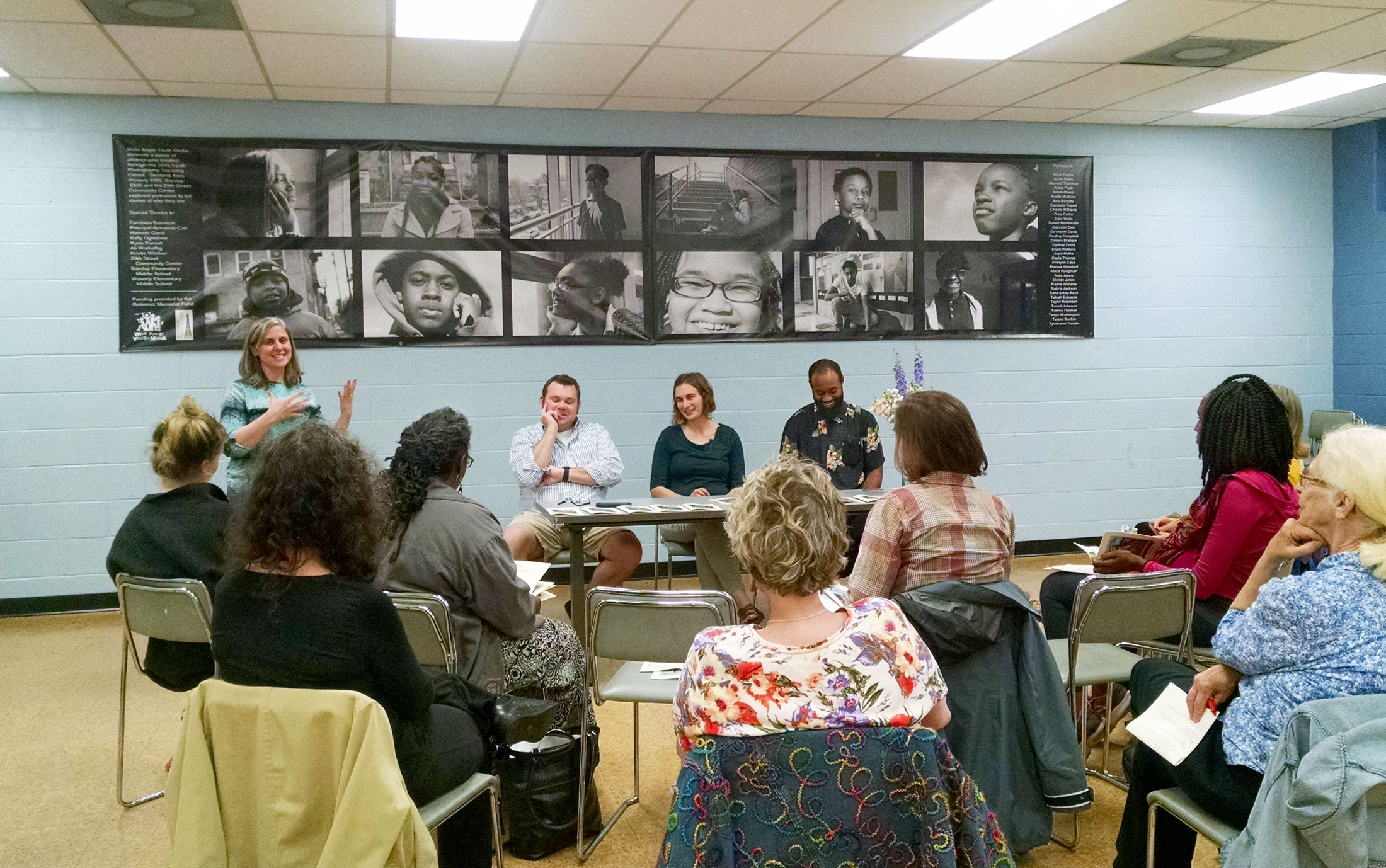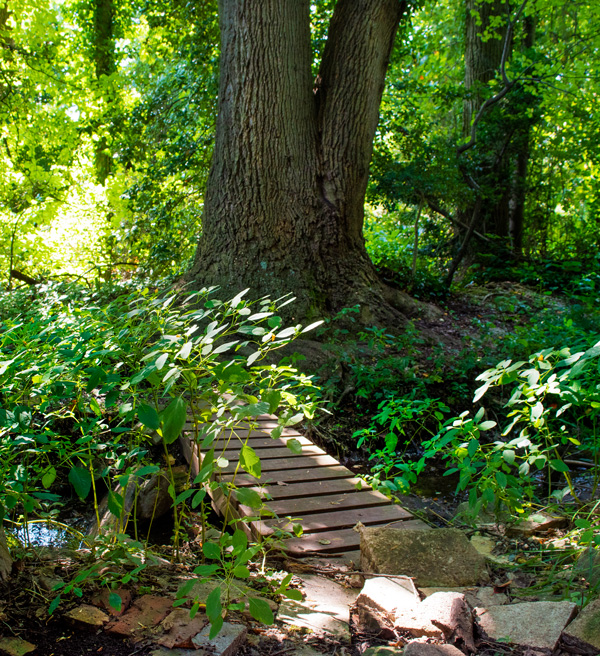Advocacy
We work with city government and other nonprofits to ensure that policies support the residents who care for our green spaces.
We work with city government and other nonprofits to ensure that policies support the residents who care for our green spaces.
We work with city government and other nonprofits to ensure that policies support the residents who care for our green spaces.
We work with city government and other nonprofits to ensure that policies support the residents who care for our green spaces.
Issue: Baltimore City has vacant land both privately owned, and city owned. Neighbors regularly transform these spaces into community green spaces to grow food and flowers, but they do not have land ownership or land security.
Solution: Baltimore Green Space leadership worked with Baltimore City to design a policy that allows community managed green spaces to be transferred into a qualified land trust. This policy can be used by any land trust in the city.
Outcome: Since 2014, Baltimore Green Space has used this process to transfer lots from city ownership into the trust.
Document: Link to policy here.
Issue: Any land donated to a land trust in Baltimore City was still subject to property taxes. This meant if land owned by private owner were donated to Baltimore Green Space we would be charged the property taxes for the donated property. The city had an informal policy in place to transfer land to land trusts and that land would transfer as tax free long term. However, this policy was informal and if leadership in city departments changed this could also be subject to change.
Solution: Baltimore Green Space worked with the city finance department and the Baltimore City Office of Sustainability to help draft legislation and supporting policy for qualified land trusts to be eligible for tax exemption.
Outcome: All land trusts in Baltimore can now apply for tax exemption on land they protect. Baltimore Green Space was able to use the tax-exempt process to gain tax exemption process for all of the green spaces we protect, 7 acres of land. This was crucial for being able to protect forested spaces as Springfield Woods and Fairwood Forests, which total 4.9 acres alone.
Document: Baltimore City Code Article 28, § 9-8,
Issue: Neighbors wanting to protect forests smaller than 10,000 sf found that their forests could be cleared by development without city oversight. Forest conservation regulations did not apply to smaller forests and no extra fees were required for destroying city forest canopy.
Solution: First, we conducted an analysis of Baltimore’s tree canopy and regulations drafting the Forest Patch White Paper. Later Baltimore Green Space worked first with the Baltimore City forestry board to analyze tree regulations locally and nationally. Then we worked with the Baltimore Office of Sustainability as a key leader in the Tree Ordinance Committee. We worked to craft a forest conservation update which was drafted by the Baltimore Office of Sustainability and sponsored by former City Council President and current Mayor Brandon Scott. We helped to convene multiple groups of leaders to support the passing of this bill each time it appeared before city government with sweeping success.
Outcome: More small forests will be protected. Forests of 5,000 Sf now trigger all forest conservation regulations. We reduced the trigger for review from 20,000 sq. ft. to 5,000 sq. ft. of disturbance. These sites now require a Forest Stand Delineation for Site Plan Review, subdivision applications, grading permit reviews, and sediment and erosion control reviews. All approvals are conditioned on compliance with an approved Forest Conservation Plan. Mitigation fees were adjusted from $400 per tree to $600 per tree (or $60,000 per acre) to align with Critical Area and Landscape Manual mitigation fees, and adjust fines to twice the amount of the updated mitigation fee rate ($120,000 per acre).
Document: Signed Ordinance 20-0546
Baltimore Green Space worked with Baltimore City government to develop a City policy that favors the preservation of neighborhoods’ urban oases. You can download the booklet that the City uses to implement this policy. This flow chart provides an overview of the process.








Be the first to hear about exciting events, news, and opportunities.
[email protected]
(813) 530-8166
2100 Liberty Heights Avenue
Baltimore MD 21217
Facebook | Instagram | Twitter